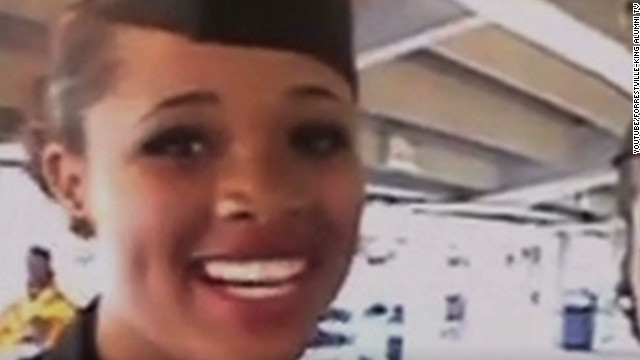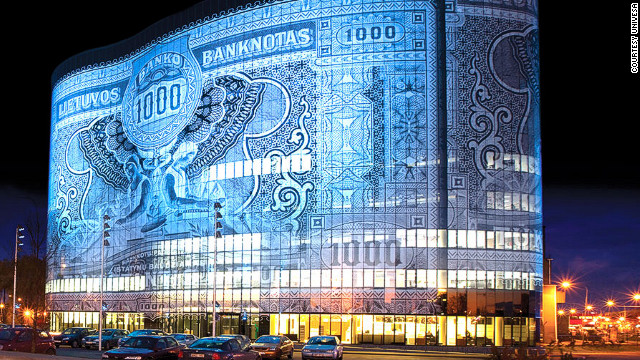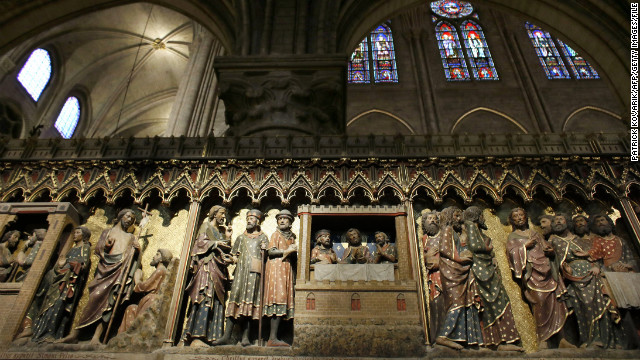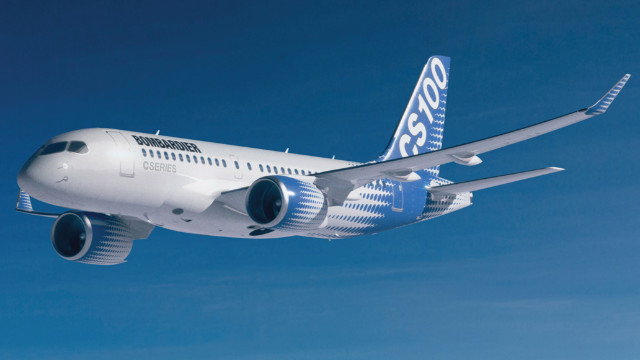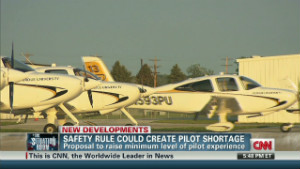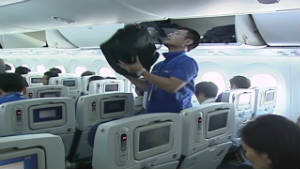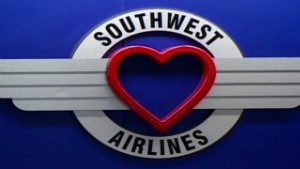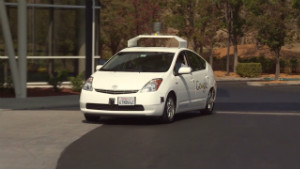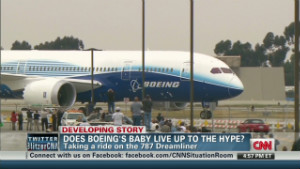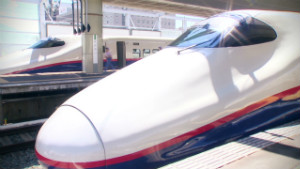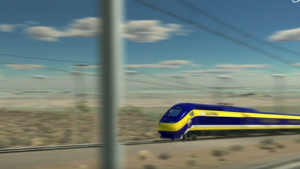
Travelers looking for a luxury destination in Asia have a new option to add to their itineraries -- Okinawa.
At first glance, Okinawa appears to have all the makings of a remarkable, subtropical travel experience -- clear waters, top-notch scuba diving, endless beach, UNESCO World Heritage sites and delicious local cuisine.
But while more than 6 million travelers -- the vast majority Japanese -- jet to this island getaway annually, the wealthiest among them have been hard-pressed to find what they’re looking for (if they go at all), starting with a suitable place to sleep.
“Top level accommodation has been sorely lacking,” says Duff Trimble, whose Toronto-based agency Wabi-Sabi Japan customizes vacations for the Louis Vuitton set.
“Tourism on the main island is more geared toward the domestic traveler on a package tour.”
According to Trimble, before 2012, Okinawa had no five-star resorts nor any that could measure up to what’s available in Bali, Thailand or Vietnam.
He says the same problem exists on the smaller of the archipelago’s 160 islands, such as Ishigaki and Iriomote in the Yaeyama chain.
“There are some nice places for backpackers and a few of the same resort-style properties as on the main island, but no high-end, intimate properties that might compare to places our clients have stayed in other countries.”
More on CNN: Okinawa: Which island is for you?
Red carpet treatment
All that is in the process of changing.
Two hotel groups are now offering travelers with deep pockets luxury Okinawa experiences.
Hoshinoya Okinawa -- brought to you by the same folks who created Hoshinoya Karuizawa and Hoshinoya Kyoto -- is shaking up the traditional ryokan experience by promising “authentic Japan with modern comfort.”
“Okinawa is an area in Japan with a unique culture,” says Yoshiharu Hoshino, president ofHoshino Resort.
“Taketomi is the only island that is successfully preserving the authentic Okinawan culture and housing designs.”
Hoshino first visited the tiny island (it's less than six square kilometers) in 2005 to scout out a location. Once he settled on a 6.5-hectare piece of property, he returned again and again to supervise the building of the 48-villa resort.
“Of course, seeing from the outsider’s eyes, the aesthetic of the island scenery is superb,” says Hoshino. “But talking with residents, I began to realize the people not only take pride in its beautiful scenery, but also in their traditional way of life.”
Respecting tradition
Hoshinoya Okinawa’s architects and designers attempted to reflect this tradition by creating single-level, wooden villas, surrounded by stone walls, topped with red tiles and watched over by lion-dog shiisa guardian statues.
The 46-meter pool is made in the elliptical image of a traditional Taketomi well.
Restaurants put the spotlight on the same high-vegetable, low-fat local cuisine that’s helped Okinawans achieve the world’s longest natural lifespan, one that averages well more than 80 years old.
The library lounge is filled with books about the archipelago and outfitted with a shop selling local arts and crafts.
 That Okinawa sunset costs more than it used to.
That Okinawa sunset costs more than it used to.
The hope is that guests, who will pay ¥72,000 (US$815) to ¥78,000 (US$880) a night (meals not included), will immerse themselves in Okinawan culture, and that locals will benefit too.
“Currently, the island population has diminished to 320 people, and with scarce job opportunities people are obliged to move,” says Hoshino.
“This situation made me think of ways to preserve the island’s culture and scenery while maintaining the population, securing job opportunities and nurturing the tourism industry to be profitable with us.”
Ritz-Carlton opens doors
Not to be outdone, Ritz-Carlton opened its own Okinawa property in 2012 on the archipelago's main island.
The Ritz-Carlton Okinawa blends the group's luxury style with local culture.
The property has 97 guest rooms with a view (they'd better, given the ¥45,000/US$510 to ¥450,000/US$5,100 nightly rates), a pool and spa, and it sits next to the Kise Country Club, a championship 18-hole golf course.
More on CNN: Golf in Okinawa
“The Japanese have a long-standing and very strong relationship with the Ritz-Carlton brand through our two world-class hotels in Tokyo and Osaka,” says general manager Jun Yoshie.
“This is a great opportunity for us to further strengthen our position in the country with the introduction of a luxury resort hotel in Okinawa.”
Deep pockets required
And so the race begins in southern Japan to court high-end clients from so-called "accessible luxury" to absolute luxury travelers.
According to the International Luxury Travel Market, tourists with such deep pockets generate 20 percent of the annual global travel revenue, even though they represent only 3 percent of the traveling public.
But hotels need to do more than just offer excellent meals, luxurious linens and opulence. A 2011 report [PDF] by the Horwath HTL group said the rich are more inclined to spend on intimate, personalized and authentic vacations.
“It’s now much more about providing them with insider access to great experiences, and also about how you coordinate and put together those experiences,” says Duff Trimble. “It’s how you connect the dots that really makes the difference between a high-quality trip or not.”
More on CNN: Mesmerized by Okinawa's dramatic underground caves
Trimble said he’s certain The Ritz-Carlton Okinawa will do well in Okinawa. He also has high praise for the Hoshinoya group.
“They’re one of the few Japanese companies making a concerted effort to promote to the outside world, and to the luxury market,” he said “They get it. They totally know what they’re doing.”
Getting there: All Nippon Airways and Japan Airlines fly daily from Tokyo’s Haneda Airport to Okinawa's capitaal of Naha, with connecting flights to other islands in the archipelago.
http://travel.cnn.com/tokyo/visit/luxury-lands-okinawa-last-501296

